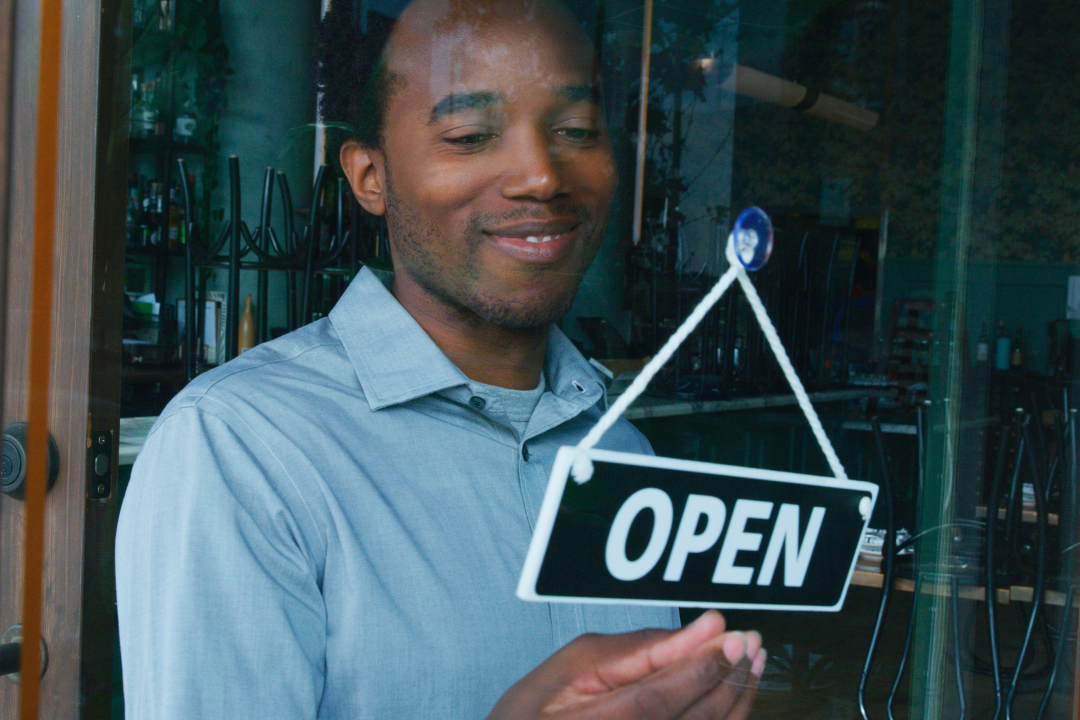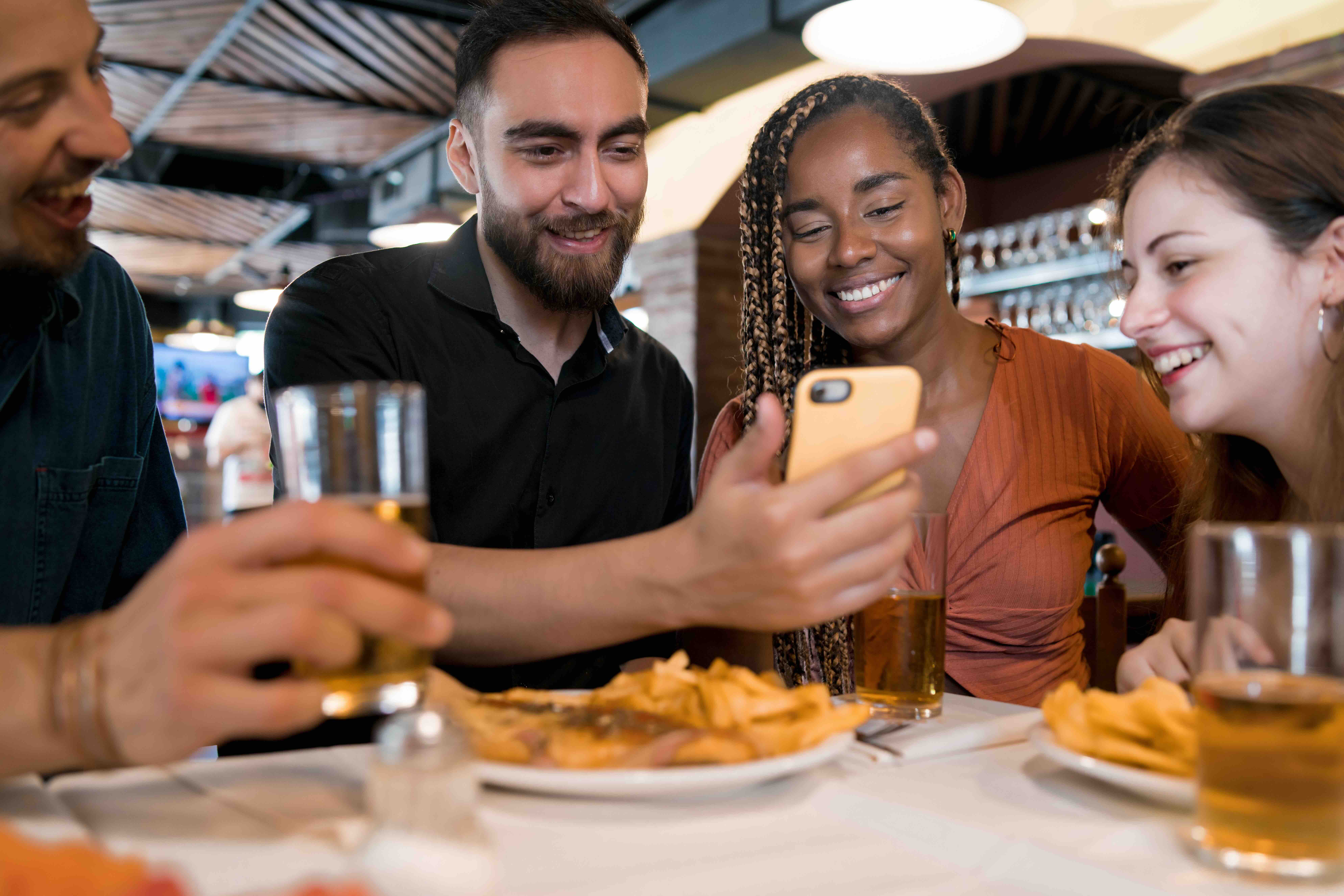What is Zero-Party Data and Why Does it Matter?

Using data for marketing is nothing new and it’s been a standard practice for years, but the rules are changing. Privacy initiatives like Google’s Privacy Sandbox and regulatory pressures like GDPR in the EU, CPRA in California, and Quebec’s Law 25 are reshaping how you can use consumer data. That makes it crucial to understand the key types of data at play.
- Third-Party-Data: Consumer information obtained or purchased from other sources you don’t own
- First-Party Data: Behavioral data from your owned channels and properties that consists of things such as email opens, page visits, and outbound link clicks
- Zero-Party Data: Data that customers intentionally and proactively share with you
With these shifting rules, it’s more important than ever for organizations to create ways to collect zero-party data directly from their audience.
How to Obtain Zero-Party Data
Zero-party data is fully compliant. Even better, it brings you closer to the customers. It allows direct, targeted communication, and has become an essential part of any marketing toolkit. But with new privacy standards, will customers still willingly hand over their information to you?
Research from PwC and Adobe says that 82% of consumers are willing to share their personal data in exchange for a more personalized experience.
Personalized experiences can look different depending on your audience. Here are a few examples:
- Visit Pittsburgh targets families with children with their KidsBURGH pass that offers discounts to kid-friendly attractions. It also gives kids the chance to earn cool prizes like stickers and temporary tattoos.
- University of Nevada, Reno created a personalized experience for prospective students who were wanting to learn more about the area. Like the KidsBURGH Pass, their gamified check-in challenge gives their passholders a chance to win prizes that are relevant to that audience.
- Calistoga Chamber of Commerce has a curated tasting pass that gives wine lovers a chance to visit a hand-picked selection of wineries, and comes with a tasting at each.
The possibilities are endless, but the key is to offer meaningful, personalized experiences so visitors, students, or customers feel motivated to share their information.
When you use Bandwango’s Experience Builder to design these experiences, passholders provide key details like email, phone number, and zip code. They can also opt in to receive updates about their pass, as well as communication from your company.
The benefits of building a pass are clear: you drive economic impact for local businesses, give visitors engaging activities, and encourage longer stays. But the hidden bonus is the zero-party data you collect – an asset that can fuel your broader marketing strategy.
Tips for Maximizing Zero-Party Data
Once you’ve built a personalized experience, you’ll have valuable information that your audience willingly supplied to you. That’s when the fun begins! They’ve signaled interest in your experience, so don’t ignore them or let that data sit unused.
Here are some ways to make the most of it:
Send targeted emails and text messages about topics of interest
When passholders opt in, communicate about the topics they care about. This keeps them engaged and builds loyalty. Experience Columbus has multiple personalized experiences and sends monthly messages to each audience segment based on the interests associated with each pass.
Example:
This is an example of a recent message that was sent to passholders of their CBUS Soul Sculpture Trail:
The CBUS Soul® Sculpture Trail has introduced new sculptures and an exciting prize—a gift certificate to Black Kahawa Coffee: roastery and bar.
Did you know that the largest gavel sculpture in the world is now located on this trail? Be sure to visit the Scioto Arts Market on July 12 from 10 AM to 2 PM at the National Veterans Memorial Museum. Afterward, hop on a Veo e-scooter or e-bike and check in at the “Gavel” sculpture outside the Supreme Court of Ohio.
This message resonates because it’s relevant, timely, and speaks directly to their interests. It encourages repeat visits and deeper engagement. They stay engaged in conversation with their visitors and entice them to come back and experience more.
If staying in touch feels overwhelming, Bandwango’s managed text messaging program can help by handling ongoing communications for you.
Send surveys too
The Cumberland Valley Visitors Bureau sends surveys to their passholders to acquire additional information. To boost participation, they offer sweepstakes entries exclusively for those who complete the survey. This simple incentive drives higher response rates and provides the DMO with richer zero-party data.
Create specific newsletters for targeted segments
Destination Gettysburg has used opt-in data to create their own targeted newsletters that were customized to specific audiences. By pulling opt-in reports from Bandwango’s dashboard, they can deliver relevant updates to each segment. For example, they can share beer and wine content with Pour Tour passholders who specifically requested it.
Reminder: Passholders have two standard opt-in options on their Bandwango passes. The first is a request to receive information about their pass and those messages can be scheduled through Bandwango’s messaging platform.
The second one is a request to receive communication from your organization. Make sure you’re using the Customer Marketing Opt-In report in your reporting dashboard to pull the report that shows those customers that have opted-in to external marketing communications from you. You can easily export that report and add those to your marketing database.
Create lookalike audiences for paid campaigns
Use what you know about your most engaged visitors to find new people with similar interests when running Facebook, Instagram, or Google ads. Don’t forget – Bandwango also offers marketing services and can help you put together marketing campaigns that make the most of your zero-party data.
Let it help guide SEO and content strategy
If you see a high number of passholders interested in local breweries, you can create blog posts, videos, or itineraries focused on craft beer to attract more of that audience.
Build detailed visitor personas
Combine demographic details (like zip codes that are input when someone signs up for a Bandwango pass) with interests to better understand your audience segments and how to reach them.
Form strategic partnerships
Take a look at the interests of your visitors and use that to create relevant partnerships. For example, Visit Dublin Ohio partnered with OhioHealth to create a gamified experience for outdoors enthusiasts with their Dublin Park Pass.
Ready to get started?
Reach out to us if you’re ready to create personalized experiences for your audience, and start collecting zero-party data to further your overall marketing initiatives.


.png)
.png)
.png)
.png)
.png)
.png)
.png)
.png)
.png)
.png)
.png)
.png)



.png)
.png)






.png)


.png)
.png)





-min.jpg)















%20(2).png)


.png)
.png)


.png)









































